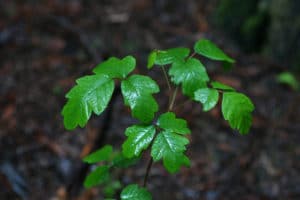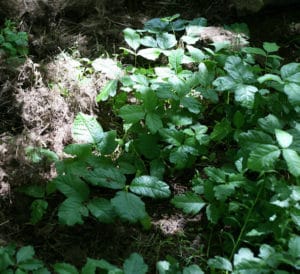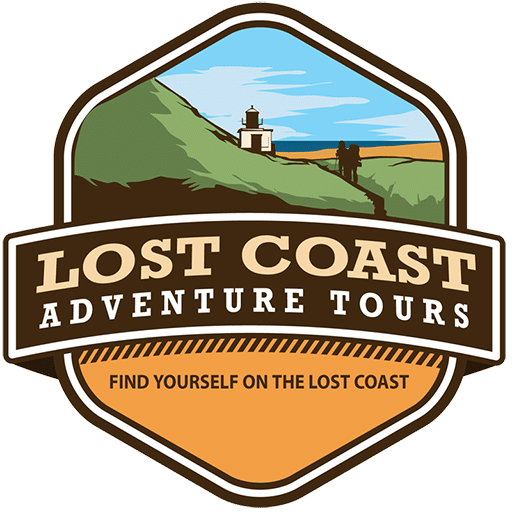Frequently Asked Questions
Don't get caught off-guard. Read the FAQs below to know what you need to do to prepare for your trip.

Step 1
Book your trail permit.
Step 2
Book your shuttle
Step 3
Meet your shuttle at the Black Sands Beach Trailhead, top main parking lot, in Shelter Cove (Map). PLEASE ARRIVE AT LEAST 15 MINUTES BEFORE YOUR SCHEDULED DEPARTURE TIME.
Step 4
ENJOY!
Leave us a review afterwards!
Share your adventure with us by tagging us on IG @lostcoastadventures
Rules
The shuttle pick up is at the Black Sands Beach trailhead, top main parking lot, (Google Maps) in Shelter Cove.
If you do not see restrooms and a look out area in the back of the parking lot. You are in the wrong place.
PLEASE ARRIVE AT LEAST 15 MINUTES BEFORE YOUR SCHEDULED DEPARTURE TIME. If you're driving to the meeting place same day, be sure to account for possible traffic (especially from the Bay Area) and construction. Allow plenty of travel time. If says you are 4.5 hours away it is realistically going to take you 5-6 hours.
It helps keep bears away. Bear canisters are containers for your food, scented items like toiletries, and scented garbage. They’re sturdy enough to prevent bears from smelling or stealing your stuff (usually). They are required for all trail hikers.
Each hiker needs 1 bear can, which generally stores 3 days’ worth of food, toiletries, and garbage per hiker. If you’re experienced in traveling light and think you can stash 2 hikers’ worth of scented items in 1 bear canister, feel free to pair up.
See the approved models and links to buy here. You can also rent bear canisters from us for $22/can the entire trip. Please let us know at the time of booking how many you will need.
Note: If you fail to return your canister(s), we will charge $80/each to your credit card on file for replacements.
See the approved models and links to buy here. You can also rent bear canisters from us for $20/can for up to 4 days. Please let us know at the time of booking how many you will need.
Note: If you fail to return your canister(s), we will charge $60/each to your credit card on file for replacements.
BV500 Bear Vault if you want to share between 2 people. BV450 for individual use
We have the BV500 and the BV450 bear canisters available for rent.
210 Wave Drive, Whitethorn, CA 95589. Your driver will go over the drop off procedure when you meet your shuttle.
Check out this helpful article on California black bears. It notes that you’re statistically more likely to be struck by lightning or eaten by a shark than attacked by a black bear. But don’t tempt them! Get your bear canisters!
Yes, but it’s not much fun for them, and unless your furbaby is a seasoned hiker, it’s not recommended. The sand and rocks can rub their paws pads raw, and jumping between boulders can make their nails bleed.
Yes, please bring dog boots for them to wear throughout the trip. Consider bringing a leash in case your pal is especially frisky early in the day—you don’t want them to wear themselves out.
If you book a shuttle ride with your pup we charge a minimum cleaning fee of $30. We love dogs, but we have to clean very carefully afterwards to accommodate passengers who are allergic to our four-legged friends.
You need 1 permit per group to stay overnight on the trail, but not if you are only hiking for the day (day use). Please note that entry for overnight use is limited:
- 60 entries per day during the peak season of May 15–Sept. 15
- 30 entries per day during the non-peak season of Sept. 16–May 14
There’s a non-refundable booking fee of $10 per group permit. (New price as of May 1, 2017)
Please book your permit before you book your trip dates. Book your permit here.
The Inn of the Lost Coast ,and Oceanfront Inn are both located in Shelter Cove and very accessible.
Camping with toilets and showers can be found at our Lost Coast Basecamp and at the Shelter Cove RV Park
You can also camp at Wailaki and Nadelos campgrounds about 15 minutes before you reach Shelter Cove. This camp ground has no showers.
SURVIVAL
Nope. Don’t count on using your phone on the trail or on the way there (except for taking pictures). We’ve heard rumors of Verizon customers getting a bit of reception now and then, but seriously—don’t rely on it.
Yes. You may also bring a Spot or similar GPS-based tracking and communication device. NOTE: If you are hiking the trail during the high season (May–Sept.) you will generally come across other hikers who may be able to assist you if needed.
Once you leave Shelter Cove there are no ATMs or other places to get cash. It's a good idea to bring enough for possible emergencies.
You’ll see poison oak all along the Lost Coast trail. Long pants and closed-toe shoes are advisable to to avoid contact with poison oak (and a severe, painful rash). Remember: “Leaves of three, leave them be.”

Poison Oak on the Lost Coast Trail
Photo: Malcolm Manners, https://flic.kr/p/9nq1xW

Poison Oak on the Lost Coast Trail
Photo: Tom Brandt, https://flic.kr/p/4VHWvJ
Look out for Northern Pacific rattlesnakes especially when hiking near driftwood, high grass, or brush—you don’t want to surprise one, as they tend to strike when they feel threatened (but will hang back if given space).
Wear light-colored clothing—it’s easier to spot ticks that way. Tuck your shirt into your pants, and tuck your pants into your socks. Wear a hat, too.
Coastal Environment
The Lost Coast has one of the only primordial ecosystems left on the California Coast. Please clean your boots and gear before hiking here. Otherwise you could be spreading plant species from your last backpacking trip.
Guided Trips
Wether you are doing the trail north to south or the other way around we will always meet you in Shelter Cove, CA.
If you are a group of 6 or more booking a private tour, we can accommodate pick up location if needed.
For trips in other locations that we happen to add, we will specify meeting location.
